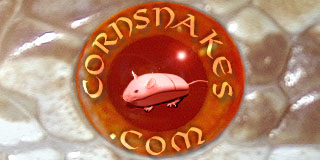WARNING - Graphic description - alternative suggestion
There is no doubt that it remains impossible to know what an animal is feeling because monitoring brain wave activity cannot be translated into feelings. Also, everyone makes their own choices about what they consider acceptable in how they deal with their own animals and what they are willing to accept when they don't have to be the instrument of death.
It is often difficult to get access to recent scientific publications electronically unless you have a paid subscription the the journal, but here is one of the most recent publication I have that deals with euthanasia of reptiles - it includes references to the original papers dealing with carbon dioxide and decapitation - if anyone can access those - I cannot from my home computer.
http://www.vuw.ac.nz/srarnz/files/Gatrell_Kirk_Euthanasia_Reptiles.pdf
This document is older but again recommends that freezing, CO2 and decapitation are unacceptable as humane methods of killing. They report crocodilians remaining conscious for almost 2 hours after decapitation - not sure how they estabished consciousness, but regardless of the method, I prefer not to potentially inflict that on an animal in my care.
http://www.utu.fi/erill/kek/ref/la2.pdf
The concerns raised over the possibility that consciousness, and therefore pain perception, can exist after decapitation and that freezing may not cause death rapidly enough, means that I, personally, find these methods unacceptable. We opt for a hands on approach that is minimally messy and I am confident results in immediate destruction of the brain - so rapid unconsciousness and death - even if there is body movement for some time after.
We use pliers or vice grips - depending on the size of the snake - and we use those that have a flat crushing surface. It is relatively easy to hold the neck of the snake firmly enough to ensure that the pliers are positioned accurately over the braincase and in a single crushing blow you can destroy the brain (you can be sure you have done it right because the brain matter typically is forced out the nose). This is as close as I think you can come to effectively pithing (destroying the brain) a snake without prior anesthesia and proper tools to enter the braincase from behind. It provides for massive head trauma with more control than a blunt instrument.
Yes, it would not be acceptable to use on a kitten or puppy, but not because it is not humane (rapid unconsciousnes followed by death), because it would be considered brutal. It is the best compromise we have been able to arrive at to provide a quick death.
mary v.
